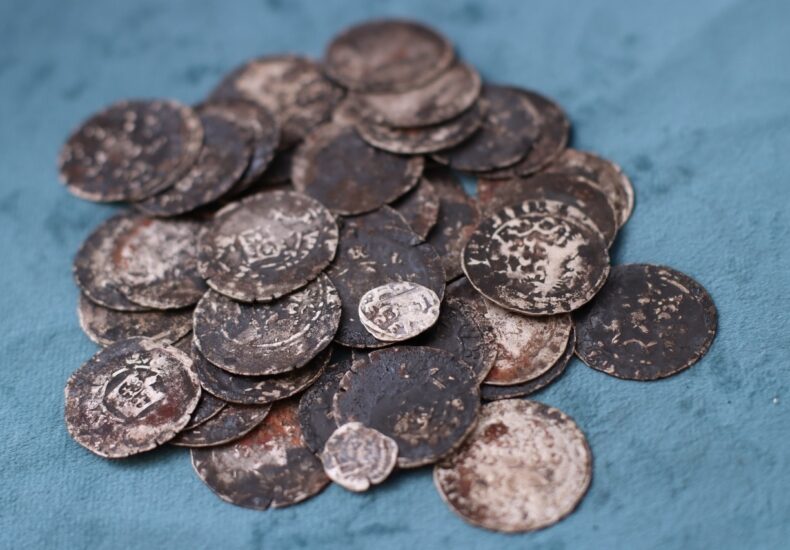
The ‘Dollar of the Middle Ages’ Found in Smolensk: 48 Silver Coins Reveal Trade Links from Lithuania to Crimea
Archaeologists in Smolensk have unearthed a 600-year-old treasure of 48 silver coins, including Prague groschen—known as the “Dollar of the Middle Ages”—a Lithuanian denarius from the reign of Vytautas the Great, and a rare Crimean dang. The find highlights Smolensk’s role as a crossroads of trade and political struggle in early 15th-century Eastern Europe.
The Discovery in Smolensk
The hoard was uncovered on Sobolev Street during construction work for a water pipeline. Experts from the Institute of Archaeology of the Russian Academy of Sciences date the cache to the 1420s, when Smolensk’s allegiance shifted between the Grand Duchy of Lithuania, the Grand Duchy of Moscow, and the Golden Horde. It is only the second treasure of the Lithuanian period ever documented in the city.
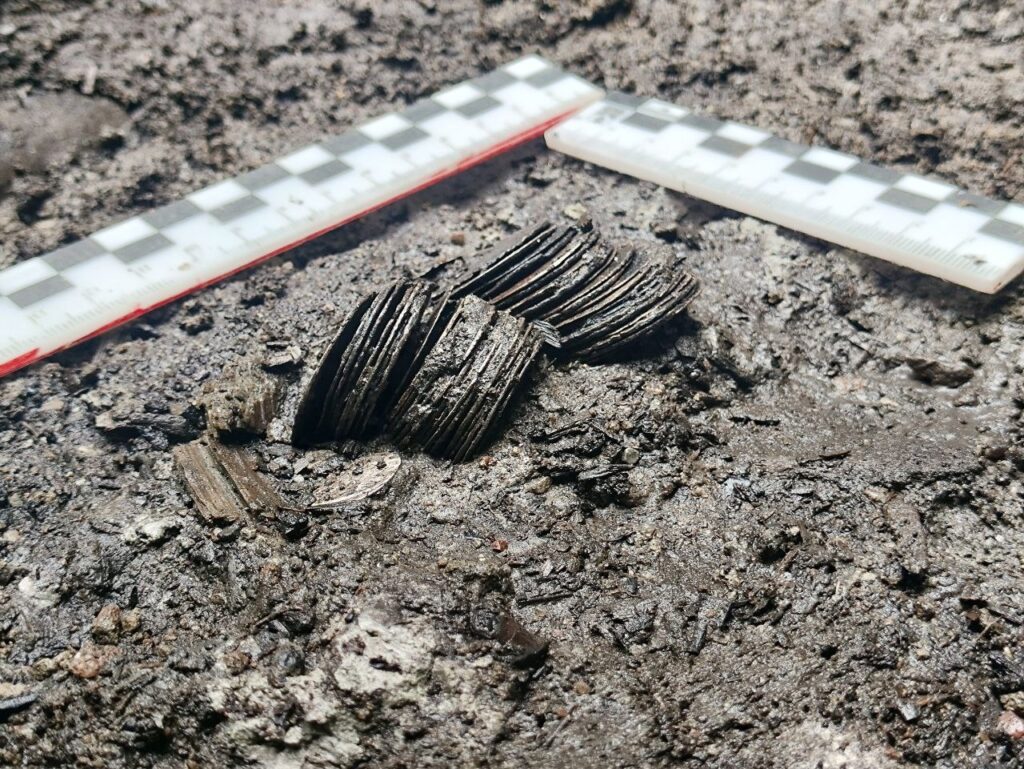
Prague Groschen: The Dollar of the Middle Ages
The majority of the coins are Prague groschen, first minted after King Wenceslas II’s monetary reform of 1300 using silver from Kutná Hora—Europe’s richest deposit at the time. Weighing 3.5 grams each and containing nearly pure silver, these coins were trusted across the continent and circulated widely from the Baltic to the Balkans. Their stability and broad acceptance earned them the nickname “the Dollar of the Middle Ages.”
Lithuanian Denarius and the Columns of Gediminas
Among the hoard is a Lithuanian denarius bearing the Columns of Gediminas, one of the earliest dynastic symbols of the Grand Duchy of Lithuania. The reverse features a spear topped with a cross, underlining Vytautas’s power and Christian legitimacy. The denarius, usually weighing less than one gram, confirms Smolensk’s integration into Lithuania’s monetary and political sphere at the time.
📣 Our WhatsApp channel is now LIVE! Stay up-to-date with the latest news and updates, just click here to follow us on WhatsApp and never miss a thing!!
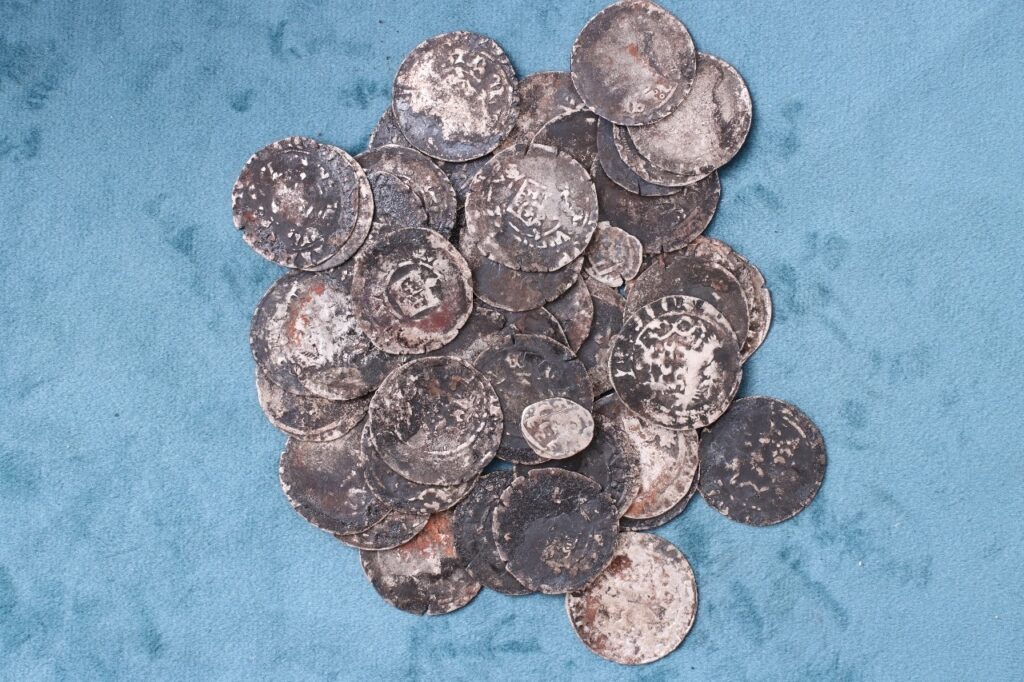
The Crimean Dang: Steppe and Black Sea Connections
The most unusual piece in the hoard is a Crimean dang, struck around 1420 under Khan Beg-Sufi of the Golden Horde. Dangs were small-denomination coins commonly used in Black Sea trade hubs such as Kaffa (modern Feodosiya). Its presence in Smolensk points to strong commercial ties between Lithuanian-controlled territories and Crimean ports, particularly in the grain, wax, and fur trade.
Why It Was Buried
Scholars believe the coins were deliberately hidden during political instability in the 1420s. Burying wealth in earthen or wooden containers was a common practice in turbulent times, with the hope of retrieving it later. In this case, the owner never returned, leaving the treasure untouched for centuries.
Historical Significance
While smaller than the massive 12-kilogram hoard found in Smolensk in 1988, this treasure is remarkable for its diversity, featuring coins from three distinct political and economic systems: Bohemia, Lithuania, and the Crimean Khanate.
According to archaeologists, such finds demonstrate how interconnected medieval Eastern Europe was, with overlapping spheres of influence and trade networks binding regions together. Excavations in Smolensk continue, and experts expect further discoveries to deepen our understanding of the city’s medieval role.
Institute of Archaeology of the Russian Academy of Sciences
You may also like
- A 1700-year-old statue of Pan unearthed during the excavations at Polyeuktos in İstanbul
- The granary was found in the ancient city of Sebaste, founded by the first Roman emperor Augustus
- Donalar Kale Kapı Rock Tomb or Donalar Rock Tomb
- Theater emerges as works continue in ancient city of Perinthos
- Urartian King Argishti’s bronze shield revealed the name of an unknown country
- The religious center of Lycia, the ancient city of Letoon
- Who were the Luwians?
- A new study brings a fresh perspective on the Anatolian origin of the Indo-European languages
- Perhaps the oldest thermal treatment center in the world, which has been in continuous use for 2000 years -Basilica Therma Roman Bath or King’s Daughter-
- The largest synagogue of the ancient world, located in the ancient city of Sardis, is being restored

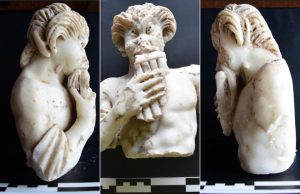
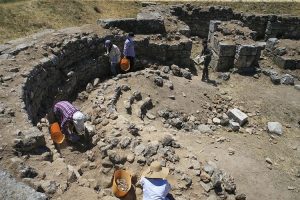







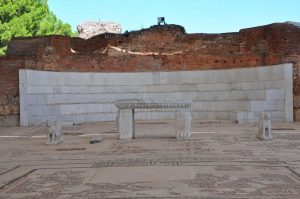
Leave a Reply